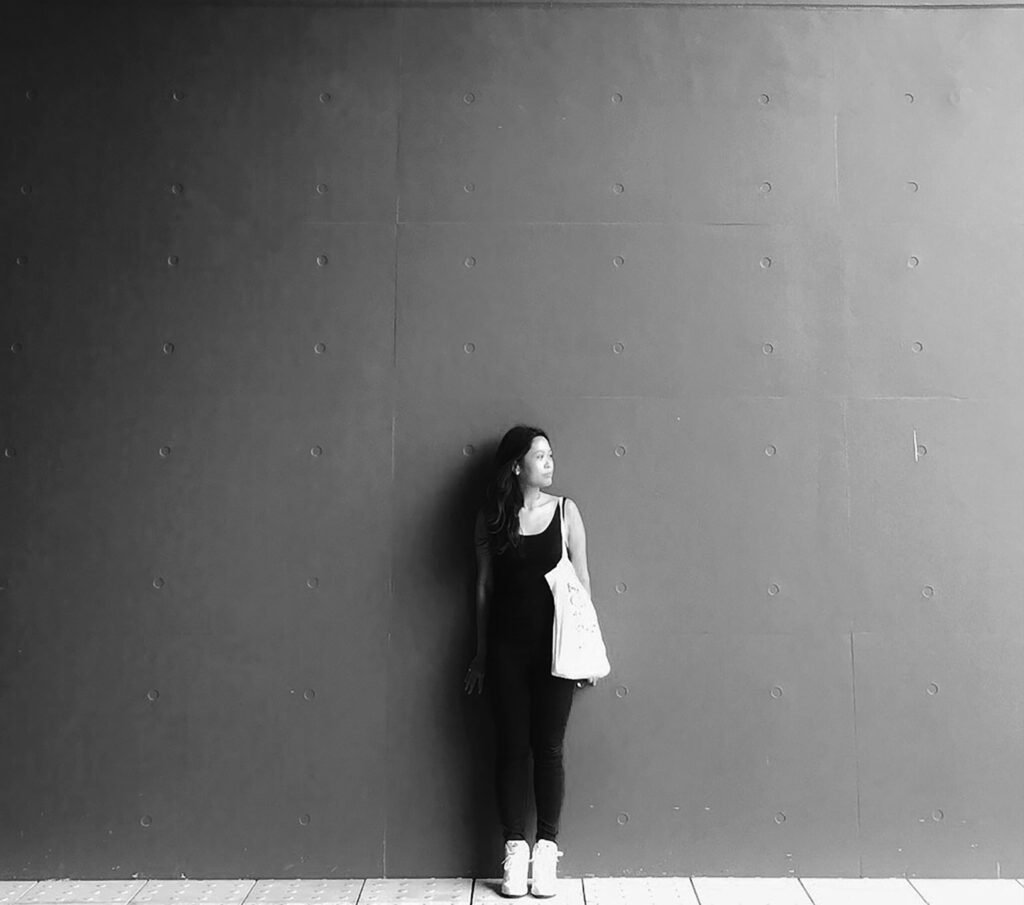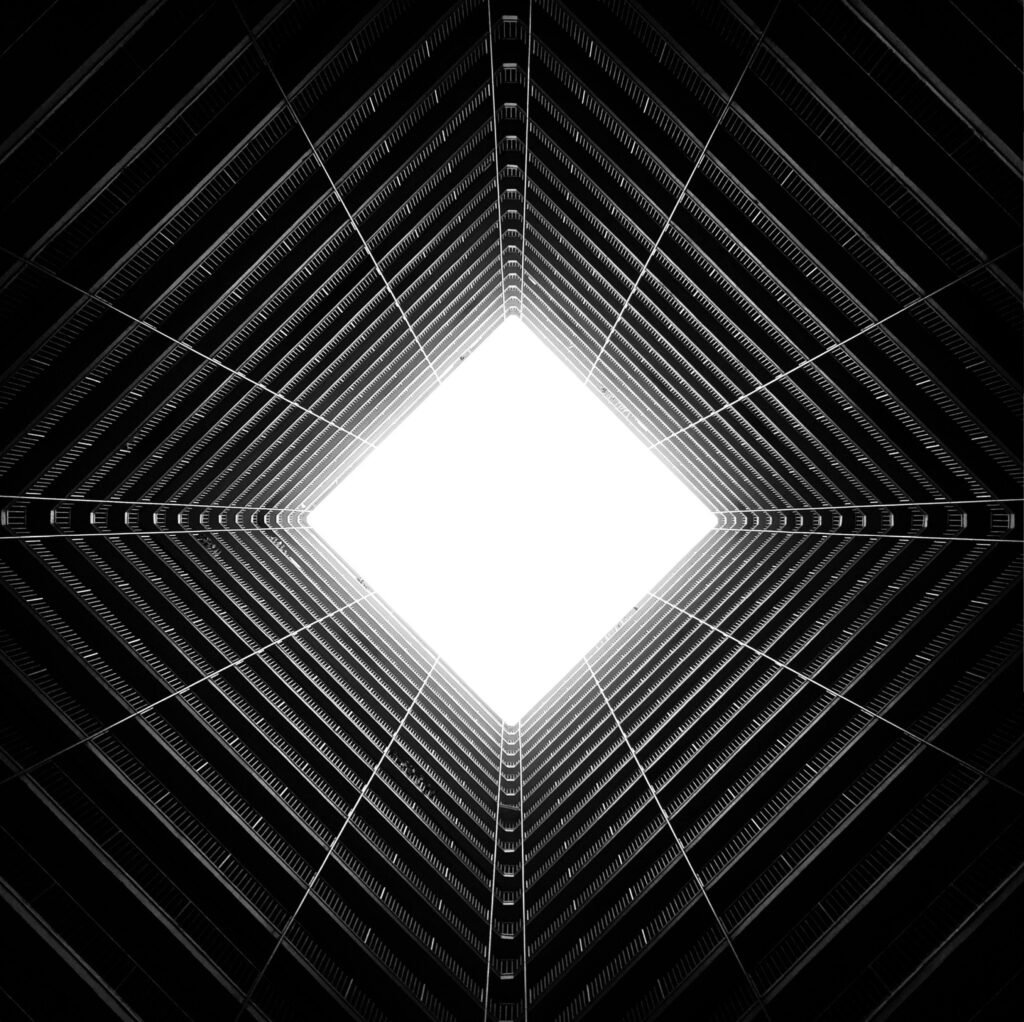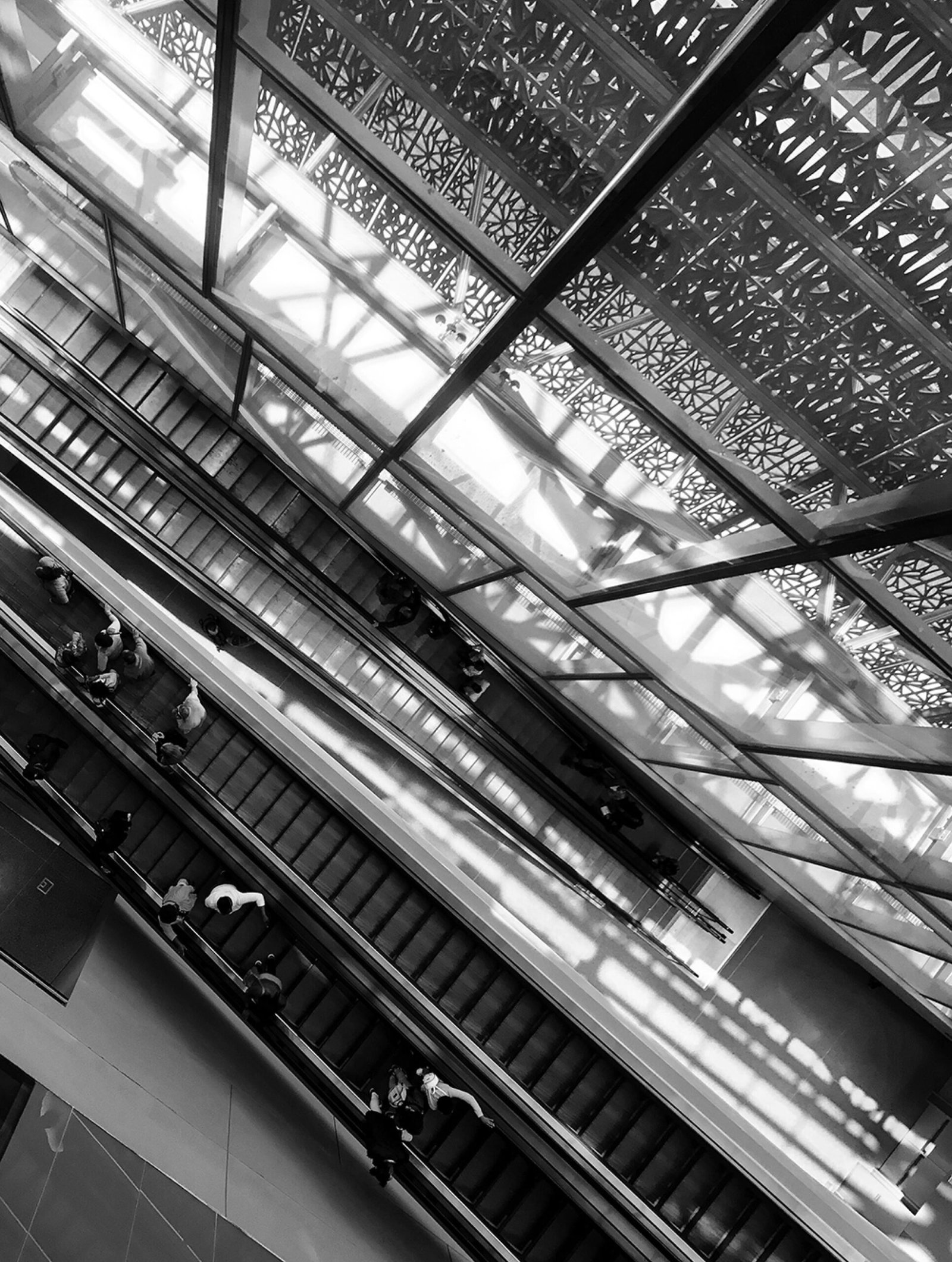Interview Patrick Kasingsing
Images Kathleen Cayetano


Hello! Kindly introduce yourself!
Hi! my name is Kathleen and I’m a designer in New York, working mainly in architecture and graphic design.
What led you to take up architecture?
Architecture seemed like a good balance between art and math, both subjects I enjoyed and excelled in during high school. There wasn’t anything more to it than that. I ended up majoring in both German Studies and Architecture in college but decided that a career in architecture might lead to more exciting adventures. It’s proven to be right so far!
How did you fall in love with photography?
I never really took anything more than snapshots of friends and family until I moved to Hong Kong. A friend convinced me to join Instagram, and I started using it whenever I was bored at work. Soon after, more friends joined and it transformed into a social event for us. I used to post once or twice a day. Nowadays, I post whenever I get the chance.
You seem like a jet setter of sorts, having worked in many different countries for various reputable firms. Can you tell us how the whole experience felt like? What motivated your moves?
My first internship was for Zvi Hecker’s studio in Berlin, followed shortly by another stint at a smaller studio in Berlin. Six months after receiving my M.Arch., I worked at OMA for three and-a-half years in Hong Kong then decided to move to New York City. I worked for Hollwich Kushner (formerly HWKN) for a year and-a-half until recently when I decided to work at Woods Bagot.
I guess I have always felt a bit nomadic since I left home for college after high school. Moving to New York is probably the most selfish since I always dreamt about living here after college and never attempted to do so. Now I’m here, and it’s been treating me well so far.




Working out of the country will almost always involve a lot of adjusting, especially when moving to a place whose culture is vastly different from where one came from. How do you do it?
It wasn’t difficult to adjust to most places since most colleagues were also expats. The culture shock happened outside the workplace, but it helped to explore the city with local colleagues who could show you a side of the city you wouldn’t have experienced on your own or with other foreigners. Moving to New York nearly two years ago was probably the hardest to adjust to since I had been away for so long.
Culture and context play significant roles in design-driven fields such as architecture. Was this an issue for you when you worked in various international firms? How did you immerse yourself in them?
Since mostly everyone came from a different background from the projects we worked on, it was a welcome exchange of ideas and experiences. As with any project, it is important to thoroughly research the cultural, political, and environmental context of the city, town, or country your site is located in to better understand who you’re designing for before diving deep into the design.
What would you say is your credo as a designer?
Do your due diligence, know how to play within set boundaries, and know when to test breaking them.


Diaspora and migration are especially relevant issues now. What can you say about the state of migration today? Given the chance, how would you help address some of the concerns and issues faced by today’s immigrants via architecture?
The diaspora phenomenon is the result of modern globalization. Although there are many issues attached to immigrants ranging from problems with assimilation to the multitude of skilled individuals leaving their home country, diasporas are valuable for the future economic and social development of each nation and host country. Architecture can help cultivate global networks by providing inclusive zones of exchange and collaboration.
Is there anything hindering you from considering an architectural career back in the Philippines?
If the opportunity arises, I would happily work on a project in the Philippines. The potential exists to create exemplary works of architecture which is unfortunately currently lost in the condo-fication of larger cities. I hope to be part of defining a new vernacular for Philippine architecture.
What is your imaging device of choice? What tools do you use (if any) for post-production and editing of photos?
I only use my iPhone to shoot because of convenience. It’s always on me or nearby. I’ve considered investing in a DSLR and many friends have tried repeatedly to persuade me into buying one, but I am too indecisive. For post, I use Lightroom or Instagram editing features or a combination of both.
What for you makes for a good architectural photograph?
Understanding the way architecture interacts with the environment in one snap. Or a total abstraction of form and spatial constraints. •


Follow Kathleen’s journeys on Instagram @katetano
*Originally published in Kanto No. 3, 2017. Edits were made to update the article.

